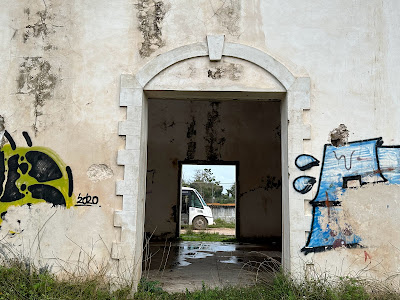By Rob Hamm
My wife Ingrid and I live in a house a suburb of Oklahoma City. We decided to make some major investments in the house to reduce our carbon footprint and, over the long haul, to reduce our monthly energy bills. Our journey to achieve a more environmentally-sustainable home shows two things: it can be done and it costs a lot of money. We are upper-middle-class people. We can afford it. Many other people who would like to reduce their carbon footprints can’t afford it, so, if the United States and the states are serious about meeting climate-change goals, our government leaders need to come up with a package of incentives that make it more affordable.
We started with an interest in solar panels. A local church had them, so I went with others from our church to see and we had an estimate. A friend had a solar installation business and produced enough to power his electric car.
Then I joined a Sierra Club campaign, “Ready for 100” (100% non-fossil electricity), aiming to get our city to commit to not buying gas or coal fueled electricity by 2035. Turns out our city owns its electric company, and the electric company was part of a cooperative providing power for many municipally-owned power companies, and that cooperative had just built a new gas-powered power plant, named for our former mayor, and it also had several multi-year contracts with coal- and lignite- (peat, in effect) burning power plants, and 100% renewable energy was not going to happen. In fact, it was not even possible to connect solar panels to the electric grid because they had yet to establish rules and procedures for doing so. With pressure from multiple parties, they finally got around to it. The rates and rules the electric company first proposed were atrocious (we would have had to PAY THEM for electricity we created and used at home) but they got modified and passed.
Having been involved with that, we decided to get solar panels for our 3100 square foot house. We wanted a 25-panel plan, but our home owners association board said we could not have any panels facing the street; we ended up getting 16 for $18,000+. They provide from 25% to 75% of our electricity use. Oklahoma has hot summers, so we use a lot of air conditioning. To reduce attic heat we went for blown foam insulation in our rafters, for $8,000+. This has benefit for both summer heat and winter cold.

Back to the church. I learned that the church’s furnace and air conditioning are highly inefficient. A church member who is a property assessor told me that the payback on better insulation and more efficient heating and air conditioning (HVAC) is quicker than on solar. Then on our annual home HVAC inspection, they let us know that our attic air conditioners have SEER ratings of 10 and 12, less than the currently permitted 14. And they needed replacement bearings; and they were low on the old refrigerant, which is no longer legal to sell, and they are designed for that refrigerant in particular. Repairs would be $8000 and would only be stopgaps. So we bought SEER 17 heat pumps, with new 90% efficient furnaces. Costs: $18,000 and $13,000.

.jpg)
At this point we don’t know the performance of these new systems. We trust that they’ll use less fossil fuel. The total we have spent in the last three years is $57,000, though we got a 26% federal tax credit on the solar and there may be some credits available for the new efficient HVAC, under the new “Inflation Reduction Act”. With that money we could have bought a Tesla.
How long will it take to pay this investment back in energy savings? Here in fossil-fuel worshiping Oklahoma, the gas for the furnace is cheap and the electricity (made in part by burning gas) is, too—relative to the east coast and California. So, it will take many years of reduced gas and electricity expense to recoup the initial expense. For example, if it were to save a total of $100 a month it would take 48 years. We assume “the prices of energy will go up,” faster than general inflation, but don’t know that.
A bit more certain is that we will be using less fossil fuel, here and at the power plant, to produce our household energy. We know that utility-scale solar and gas combustion are more efficient than small-scale home installations, but utilities are moving along at their own pace, satisfying their shareholders and maximizing their profits, and it is not fast enough to limit global warming. So, when the society as a whole (utilities and governments) was not pushing greenhouse gas reduction fast enough, we spent a lot of our own money to do so. We are fortunate to be able to add this drop to the bucket; most people can’t. That’s why it’s important for governments and businesses to help America become more sustainable by making sustainability more affordable.








.jpg)